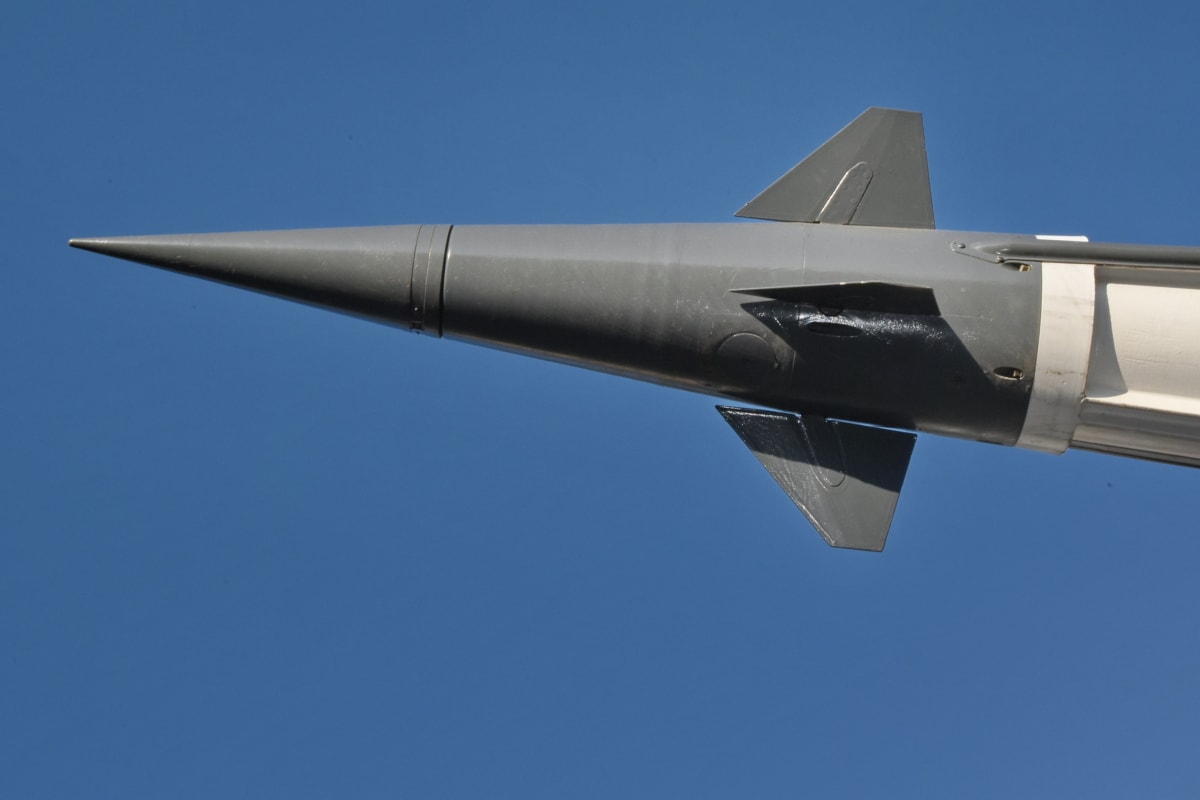WASHINGTON (Transatlantic Today) – Russia says it used hypersonic missiles capable of traveling at speeds of up to 25 times the speed of sound to strike a Ukrainian ammunition facility.
If verified, it would represent a significant step forward in Russia’s harsh drive to destabilize Kyiv’s pro-Western administration and bring the nation back into Moscow’s orbit, according to NBC NEWS.
However, according to Pentagon officials and military analysts, what Russia has released so far looks to be hypersonic hype concerning a potentially lethal weapon.
The only major reason Russian President Vladimir Putin would use such weapons against the outmatched Ukrainians at this stage, according to military analysts, is to earn propaganda points.
If Russia used such a weapon, it would be mainly for show, to show Ukraine and the rest of the world that “they have them and would use them,” according to Mark Cancian of the Center for Strategic and International Studies.
Earlier, Secretary Of defense Lloyd Austin declined to confirm or deny Moscow’s claim that it employed Kinzhal hypersonic missiles to attack an underground depot in Ukraine’s western Ivano-Frankivsk area.
Officials from the United States concurred, saying that while Russia’s employment of hypersonic missiles would be seen as a show of might by Moscow, it would not fundamentally alter the dynamics of the 3-week-old conflict, which began with a Russian attack and is now at a violent stalemate.
They said that Russia has plenty of conventional rockets, missiles, and other weaponry to continue destroying Ukraine’s fortifications and cities.
Since the 2000s, the US has been working on hypersonic missiles, but it continues to fall behind Russia and China.
Because of their agility, next-generation weaponry are more difficult to shoot down, according to Cancian.
Intercontinental ballistic missiles move at a significantly quicker speed, but they follow a known course, allowing them to be intercepted before they hit any targets.
However, conventional US missile defense systems, such as the Navy’s Aegis system, would struggle to intercept hypersonic missiles, according to analysts.


























